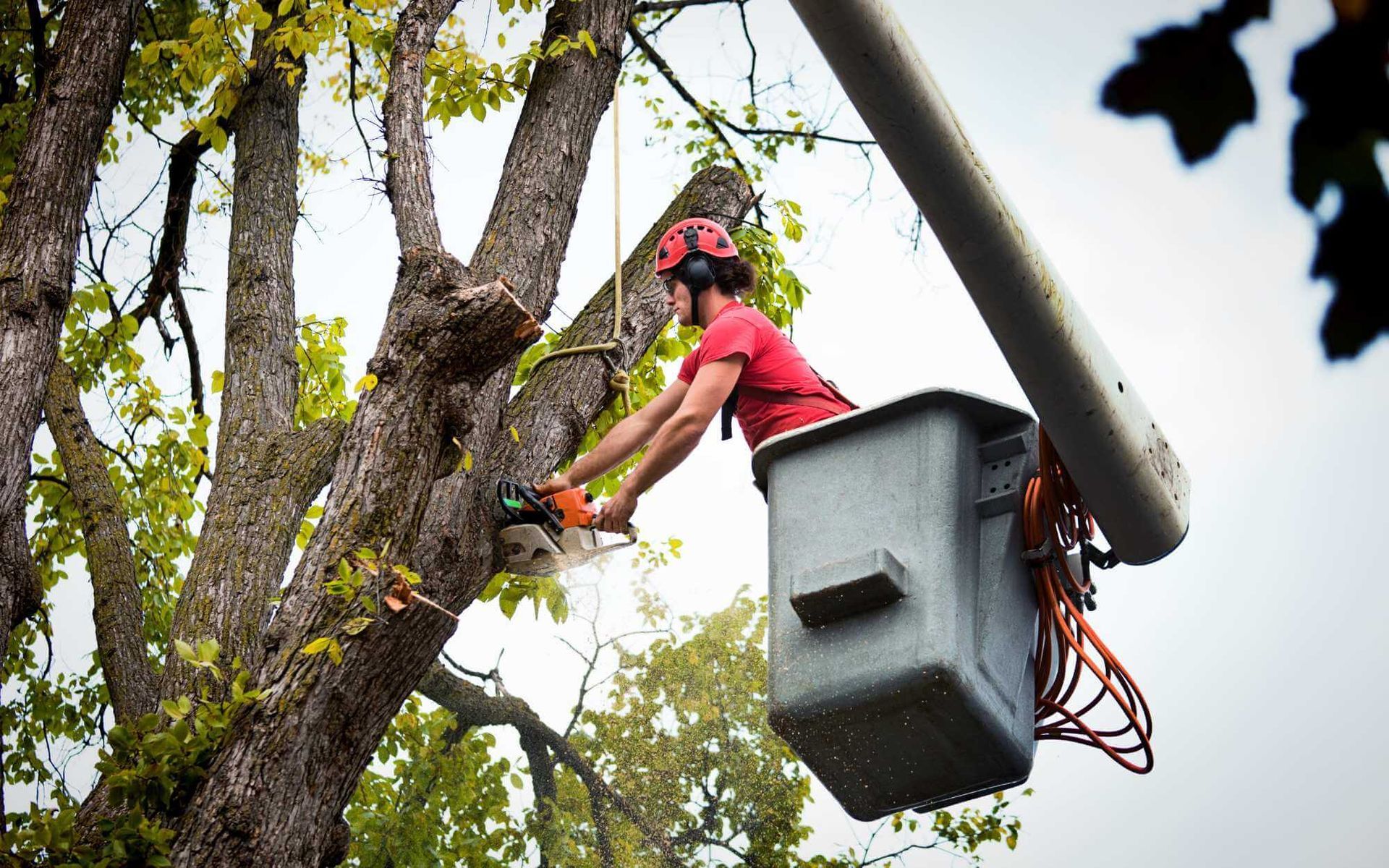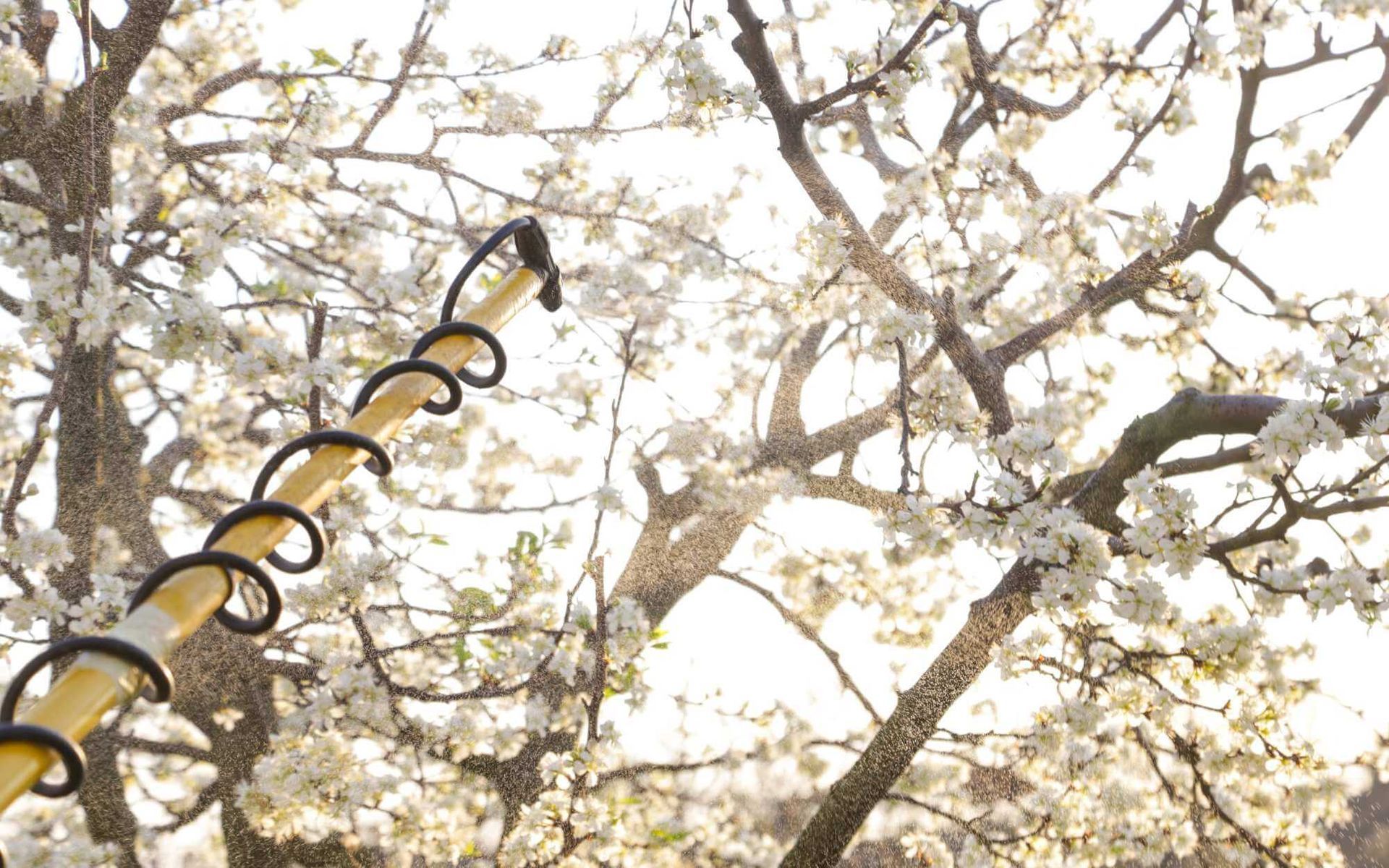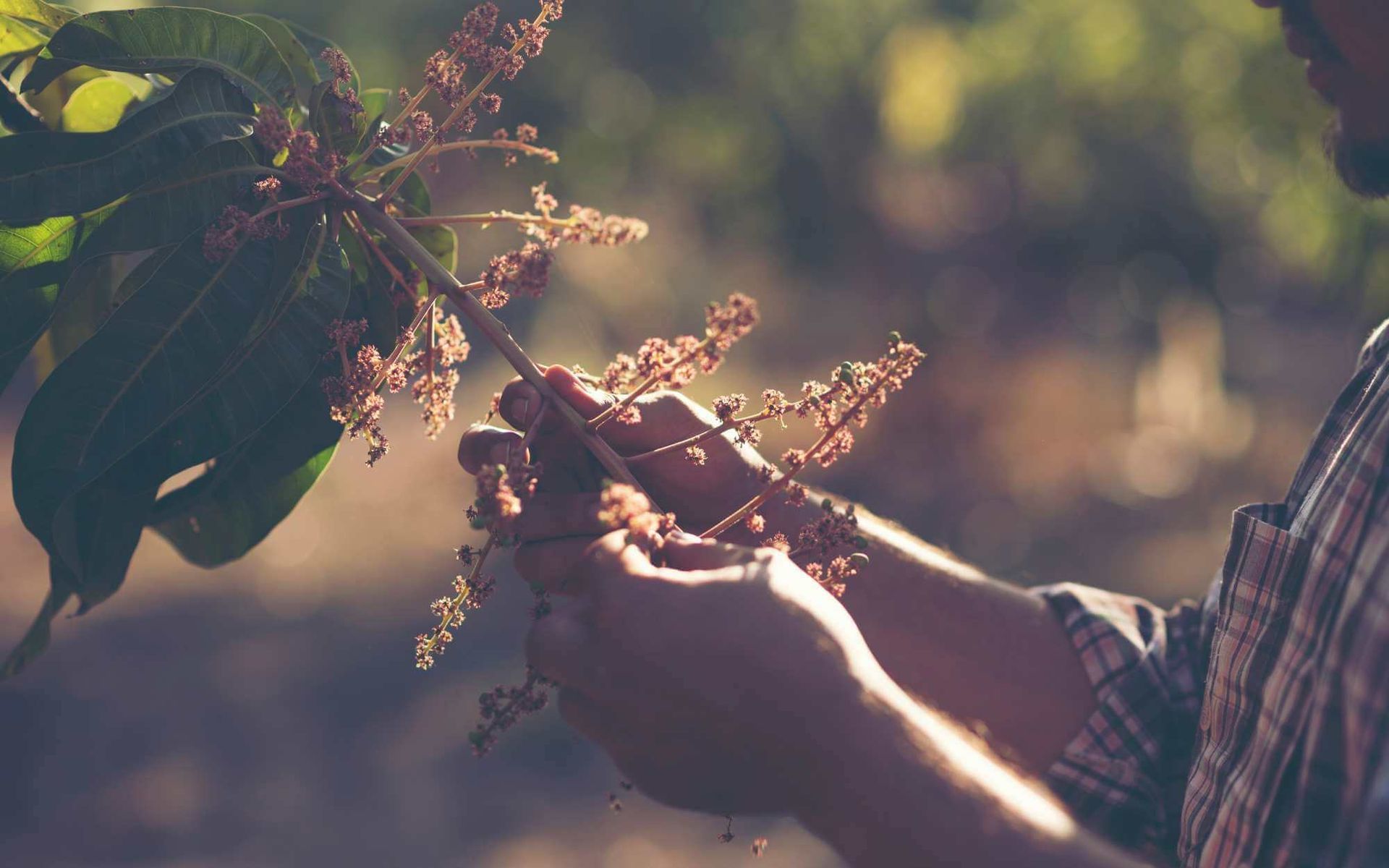Integrated Pest and Disease Management for Trees
PUBLISHED ON
SHARE THIS ARTICLE

Trees, the lungs of our planet, are under constant threat from various insect pests and plant diseases. Their health is integral to our environment, contributing to biodiversity, purifying the air, and enhancing our landscapes. However, pests and diseases can significantly hinder their ability to perform these crucial functions.
That's where integrated pest and disease management comes in, offering a comprehensive approach that combines different strategies to maintain healthy trees. This method extends beyond just mitigating damage; it focuses on prevention, monitoring, and the use of sustainable, eco-friendly techniques.
Join us as we delve into this essential topic, unpacking the vital role that each of us plays in preserving the health of our treasured trees.
The Importance of Integrated Pest and Disease Management

Integrated plant disease management plays a crucial role in preserving tree health. Combining different strategies effectively reduces the risk of infestations and minimizes the need for chemical treatments. This, in turn, prevents the potential harm that pesticides can cause to beneficial organisms and the environment.
Moreover, using integrated pest management promotes sustainability by considering the long-term effects of our actions on tree health. It also encourages a holistic approach to tree care, recognizing the interconnectedness between stressed trees, pests, diseases, and their environment.
Integrated Pest and Disease Control Techniques
Various tree disease management strategies exist, ranging from cultural to biological and chemical methods, for both residential and urban trees.
Cultural practices include proper tree species selection, planting, pruning, and sanitation. Choosing landscape plants that are disease-resistant and planting them in suitable locations reduces the risk of insect infestations. Pruning helps maintain tree health by removing dead or diseased branches, while regular sanitation clearing around trees disrupts pest breeding grounds.
Biological controls involve using natural enemies of pests, such as predators and parasites, to keep their populations in check. This method is sustainable to environmental conditions, as it does not harm other beneficial insects, plant tissue, plant pathogens, or organisms.
Chemical options are typically used as a last resort when cultural and biological methods are insufficient. When using chemicals, it's crucial to consider the type of pest and its life cycle to determine the most effective targeted treatments. Use pesticides judiciously, following proper application techniques and considering the potential impact on non-target organisms and the environment.
Implementing Integrated Management Strategies

Assessing the severity of a pest or disease problem is the first step toward an effective management plan. It involves a thorough inspection of the tree, identifying diseases and pest problems, and gauging the extent of damage.
Once the problem is understood, a customized management plan can be developed. This plan should be tailored to the specific needs of the tree and situation, incorporating cultural, biological, and, if necessary, chemical control methods.
However, implementation is just the beginning. Regular monitoring and evaluation are crucial to ensure the plan's effectiveness. This involves checking for signs of improvement or the emergence of new issues, tweaking the plan as necessary, and continuously striving for the health and well-being of the tree.
Trends and Innovations in Preventive Measures
The landscape of integrated tree pest control is rapidly evolving with advancements in technology, emphasizing sustainability and eco-friendliness.
Precision agriculture, employing satellite imagery and drones, enables targeted pest control, minimizing chemical use and environmental impact. Developments in genomic technologies aid in disease identification, simplifying management strategies. On the horizon, biological innovations like gene editing in pest populations and the use of pest-specific pheromones show promise.
Additionally, the rise of sustainable control measures, including the use of biopesticides and the integration of native predators into host plants, reflects a shift towards more organic and earth-friendly methods. These advances, combined with traditional techniques, are paving the way for a more sustainable future in pest and disease management.
Master holistic tree care with integrated integrated pest and disease management!
As individuals, we can play a vital role in keeping trees healthy by understanding and implementing integrated pest management (IPM) strategies. Whether it's through proper tree selection, maintenance, or reporting potential issues to professionals, each action contributes to the larger goal of safeguarding our forests.
Furthermore, supporting sustainable practices and technological innovations in pest and disease management helps pave the way for a greener future.
Need help to get started?
Contact your
local tree care professionals for expert guidance and recommendations on integrated pest and disease management. Together, we can work toward a healthier environment for both trees and humans. Let's strive to master holistic tree health care and preserve these vital organisms for generations to come.
Want a free quote or some friendly advice? Call our team today:






